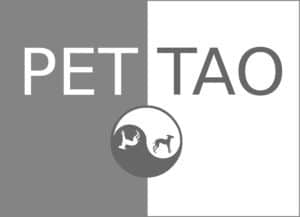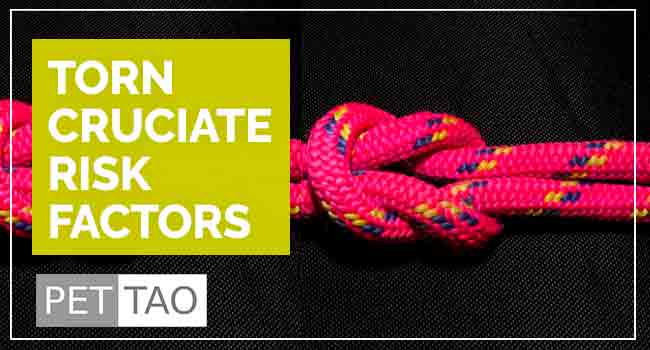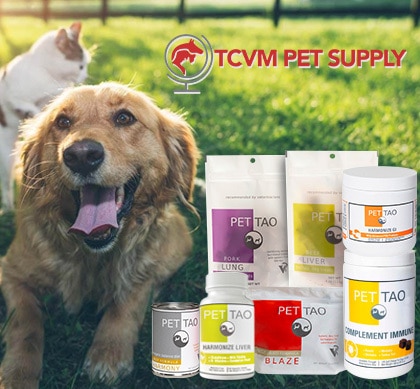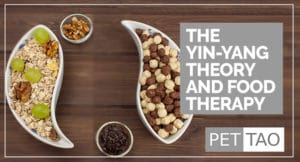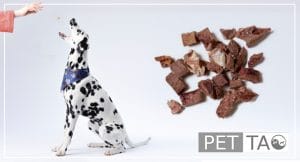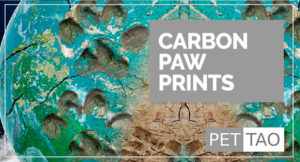Before elaborating on the risk factors, let’s review the typical events associated with dog ligament damage.
The canine cruciate ligament injury is the thick fibrous band of connective tissue stabilizing the knee, much like a bungee cord.
The ligament prevents the tibia from sliding forward as it connects to the femur, prevents tibial rotation, and prevents hyperextension of the knee.
Essentially the ligament stabilizes the knee.
Unique to the canine stifle, cranial cruciate ligament disease appears to involve a gradual degeneration and destruction of the ligament itself.
What Causes the Ligament Damage?
The reason why the ligament gradually degenerates is unknown.
However, for your understanding, a good comparison might be a rope left outside exposed to the weather.
Over time, the rope loses its strength as individual fibers become weak, frayed, and damaged.
Ligament damage in dogs is in direct contrast to the scenario seen in humans.
In people, ACL tear pathology is usually the result of direct trauma, much like a football injury.
The difference is a very important concept to remember.
The progressive deterioration of a dog’s ligament leads to inflammation in the stifle joint, partial rupture, progressive rupturing, complete rupture, and secondary diseases such as progressive osteoarthritis and cartilage damage.
Dogs with early ligament deterioration may have little or no palpable instability but are often presented with lameness and swelling of the stifle joint.
Dogs may improve with minimal treatment such as cage rest and leash walks.
However, if the deterioration continues to progress, the joint becomes less stable, more painful, and more dysfunctional.
The ultimate outcome is non-weight bearing lameness due to a complete ligament rupture.
The Complete Cranial Cruciate Ligament Injury
A complete cranial cruciate ligament injury produces marked instability of the stifle joint.
Instability results in severe lameness and progressive degenerative changes such as arthritis, joint capsular thickening, and cartilage degeneration.
Why is cranial cruciate ligament injury information important to you?
Because dogs with progressive ligament tearing can show varying degrees of lameness and clinical signs over time.
Some dogs limp occasionally, whereas some dogs limp all the time.
Some dogs seem to recover without medical intervention while others have to undergo costly surgery.
Sometimes, recovery may simply imply the dog’s ability to adapt to the injury.
We all know dogs are amazing in their ability to adapt to pain and injury.
But even though dogs can adapt, one day the wear and tear will accumulate and Bowser will be left debilitated and painful.
Furthermore, it is important to remember that lameness often presents in multiple, different ways not necessarily correlating with the degree of actual ligament injury or tear.
Therefore, knowledge and awareness of the potential risk factors are of the utmost importance.
Studies have proposed multiple risk factors for the progressive cruciate ligament rupture scenario in dogs.
Cranial Cruciate Ligament Injury Disease Risk Factors
There are a handful of risk factors for cruciate disease:
- Breed: Rottweiler, Newfoundland, Staffordshire Terrier, Mastiff, Akita, Saint Bernard, Chesapeake Bay Retriever, and Labrador Retriever
- Body weight: Heavier body weight applies more stress to the joints.
- Neutering: Testosterone and estrogen play an important role in the elasticity and functional strength of connective tissue. When we neuter or spay our dogs, the hormones are subsequently removed leaving the canine cruciate ligament tight, less elastic and resilient.
- Aging: Aging contributes to the degeneration of the ligament which is unavoidable.
- Conformation: Refers to the shape and configuration of the skeletal structures.
- Other orthopedic diseases (patella luxation)
- Inactivity: Less active dogs have decreased muscle mass, muscle strength, and ligament strength.
Some risk factors, such as body weight, age of neutering, and inactivity you control.
However, other risk factors are completely out of your control.
So, just do the best you can to eliminate the risk factors in your control.
And forget about the ones you can’t control.
Powerful Tools to Help Your Dog’s Ligament Challenges
There are many quick and easy changes you can make at home to help your give your dog an edge on easing tendon and ligament challenges.
- Learn more about torn ligaments and cruciate disease.
- Provide joint support. PET | TAO’s Harmonize Joint is a blend of Eastern herbs and Western supplements working together to lubricate and restore your dog’s joints.
- Ease your dog’s discomfort naturally. PET | TAO Comfort is a blend of Eastern herbs and Western supplements to soothe your dog’s arthritic challenges to make him/her more comfortable.
- Try PET | TAO Freeze Dried Beef Liver Treats. According to TCVM, liver controls tendons and ligaments. As few as 5-6 treats per day can make a huge difference in your dog’s tendon and ligament health!
- Try a Blood-building TCVM Diet. PET | TAO Zing dog food builds Blood. According to TCVM, Blood deficiency leads to ligament tears.
- Learn more about TCVM Herbal Remedies. Chinese medicine offers many amazing natural solutions for ligament and cruciate challenges. Some good examples are:
